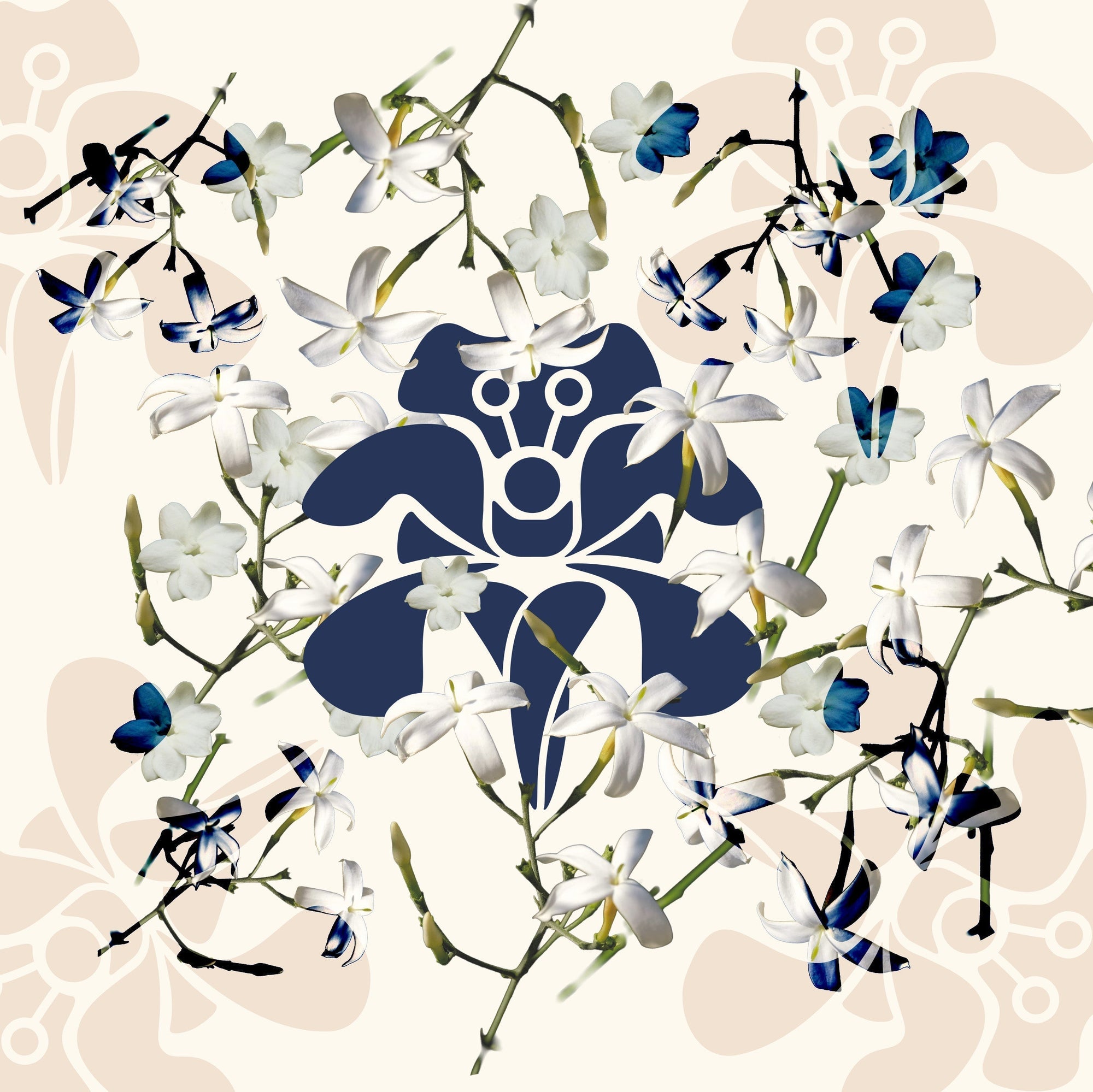Robert Jacob Gordon: more than just an explorer
Robert Jacob Gordon (1743-1795) was more than just an explorer. This Dutch adventurer, cartographer, and scientist ventured deep into the uncharted territories of South Africa in the 18th century, meticulously documenting its landscapes, flora, fauna, and indigenous peoples. His work, filled with detailed drawings and observations, is still admired today in museums such as the Rijksmuseum.
A Curious Mind
Gordon was born in Doesburg in the Netherlands and had Scottish roots through his father, an officer in the Dutch army. While he also pursued a military career, his true passion lay in science and the discovery of new worlds. When stationed in the Cape Colony, he seized the opportunity to explore the African interior.
Expeditions and an Artistic Eye
Between 1777 and 1786, Gordon led four major expeditions through South Africa. He explored unknown territories, named the Orange River, and created meticulously detailed maps of the region. However, what truly sets his work apart are the drawings he made along the way. He sketched the majestic landscapes, exotic animals, and indigenous peoples he encountered, providing us with a unique glimpse into a world that was largely unknown to Europeans at the time. Many of his works can now be admired in museums, including the Rijksmuseum in Amsterdam.
Gordon was also one of the first Europeans to scientifically describe a giraffe. His observations were marked by a sense of curiosity and respect for nature and the people he met, making his records and drawings stand out even today.




Beelden uit www.rijksmuseum.nl
- Disa uniflora Bergius, Robert Jacob Gordon, 1777-10 - 1786-03 - Disa grandiflora (Gordon), of rode orchidee van de Tafelberg.
- Moraea villosa Ker-Gawl. Robert Jacob Gordon, 1777-10 - 1786-03
- Haemanthus albiflos (Witte poederkwast), Robert Jacob Gordon, 1777-10 - 1786-03, een soort amaryllis, met een detailtekening van de zaadjes.
- Familie der Kleine Namaqûas, Robert Jacob Gordon, ca. 1779-07 - 1779-08
A Tragic End
In addition to his explorations, Gordon was involved in the politics and military affairs of the Cape Colony. In 1795, when the British took over the colony, he found himself in a difficult position. He also became ill and weakened. He finally committed suicide in October 1795.
Inspiration for Art and scarfs by Ottimare
Gordon’s rich legacy of maps, drawings, and observations continues to inspire artists today. Marloes Otten, the designer behind Ottimare, drew inspiration from his work for her painting Gordon's Flowers. This oil painting, measuring 100 x 80 cm, combines botanical elements with a nod to Gordon’s detailed nature studies. The artwork has now been incorporated into an exclusive collection of Ottimare scarves, allowing Gordon’s legacy to live on in a new and artistic way.

Marloes Otten, Gordon's Flowers, oil on canvas, 100 x 80 cm
A Timeless Legacy
Although his name may not be as widely recognized as other explorers, Gordon’s influence on the understanding of South Africa is profound. Thanks to his keen eye for detail and artistic depiction of nature, we can still appreciate a unique historical perspective on the world he explored.
Read more about Robert Jacob Gordon?
Several books have been published about his voyages of discovery, the most recent of which is Panhuysen, L. (2021). Een Nederlander in de wildernis: De ontdekkingsreizen van Robert Jacob Gordon (1743-1795). Atlas Contact.


